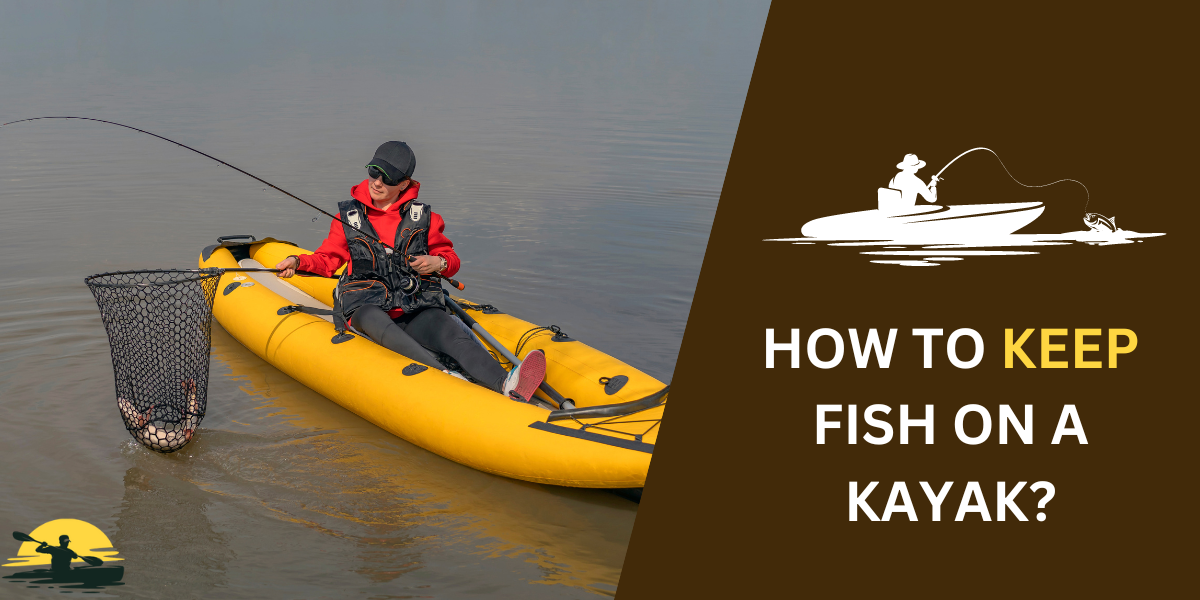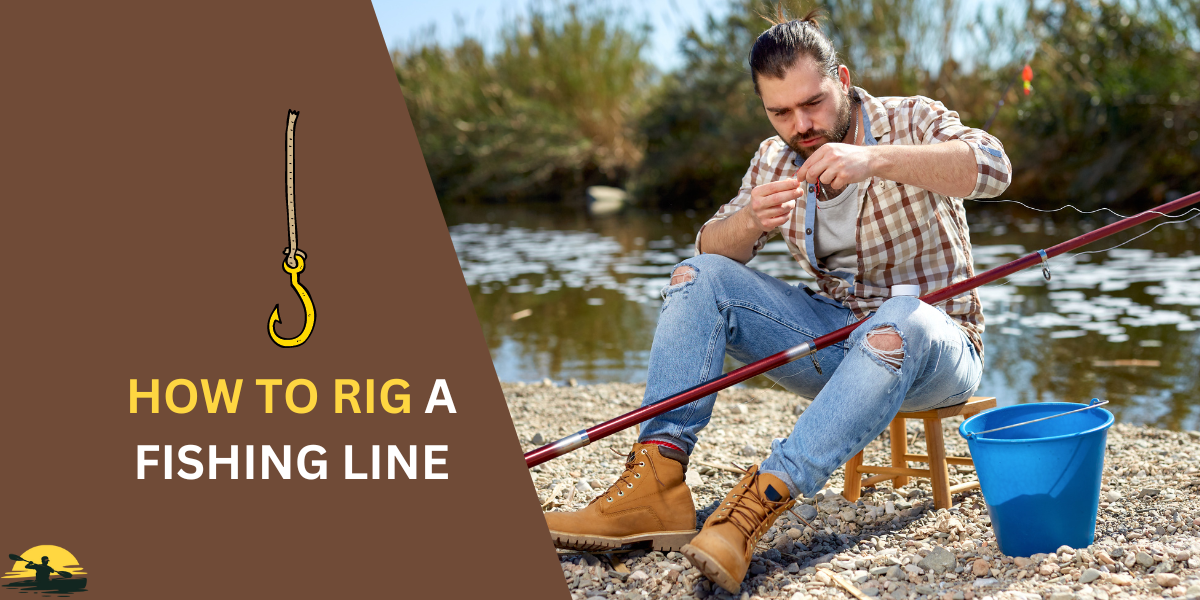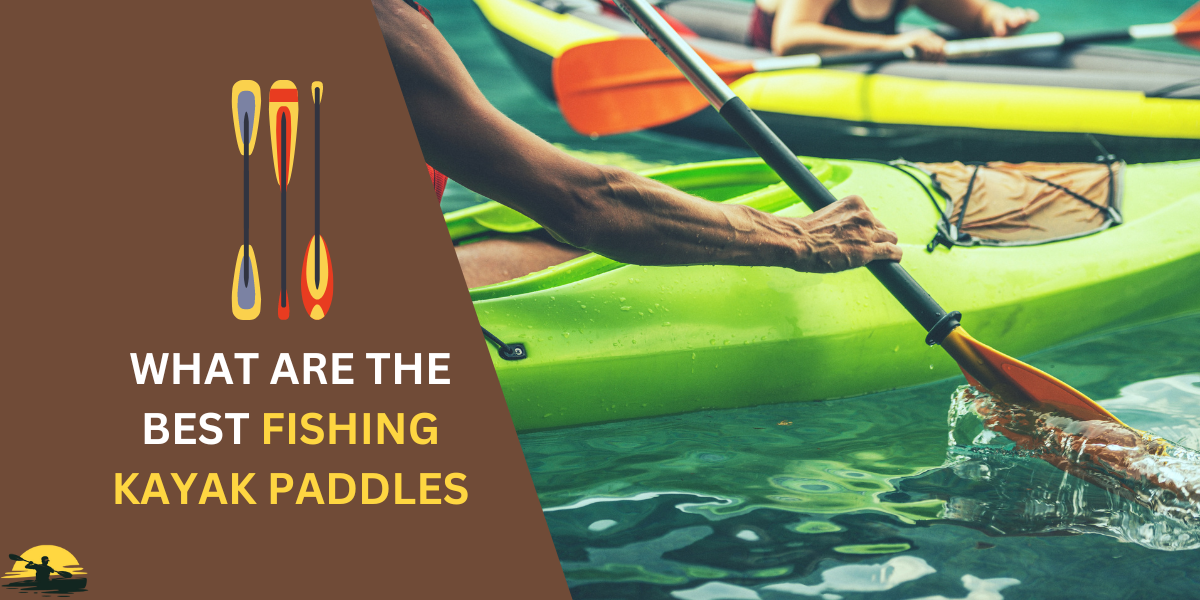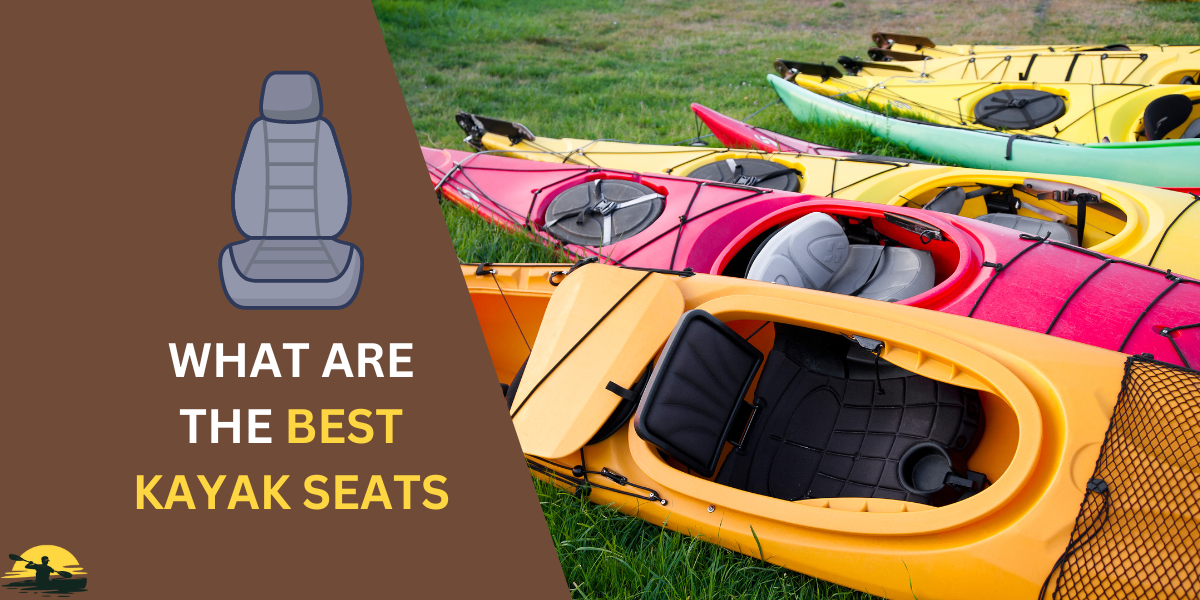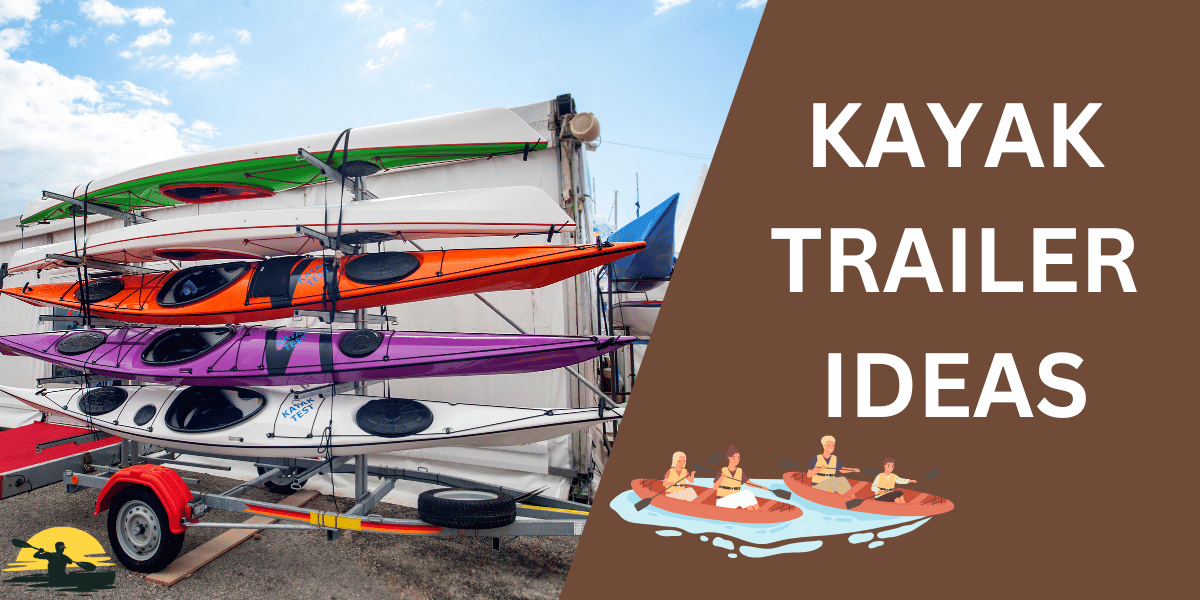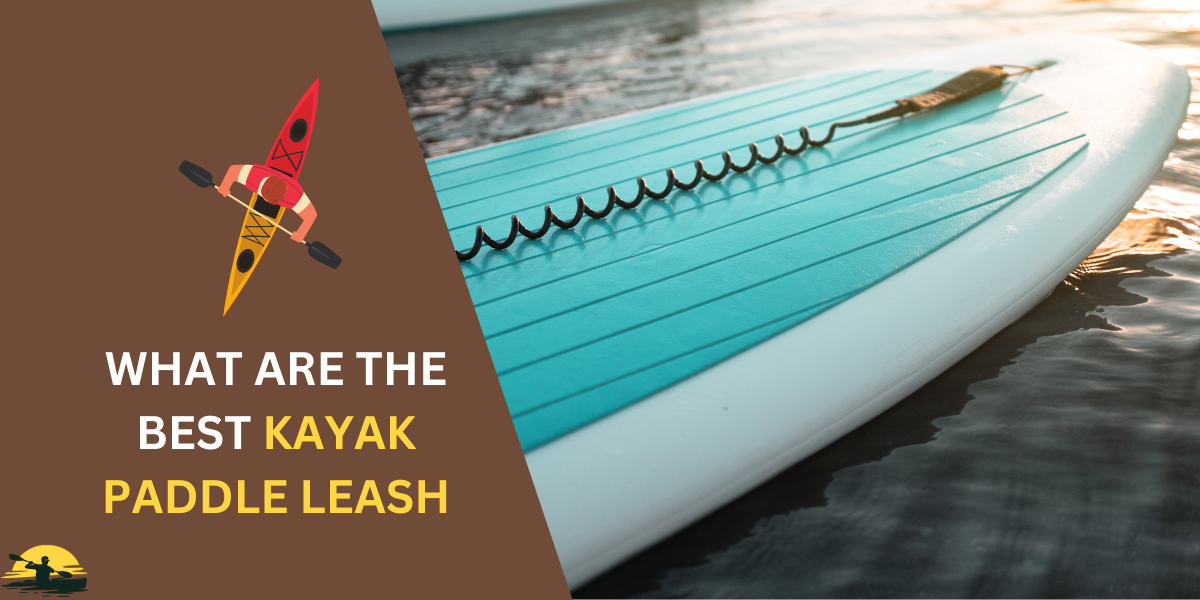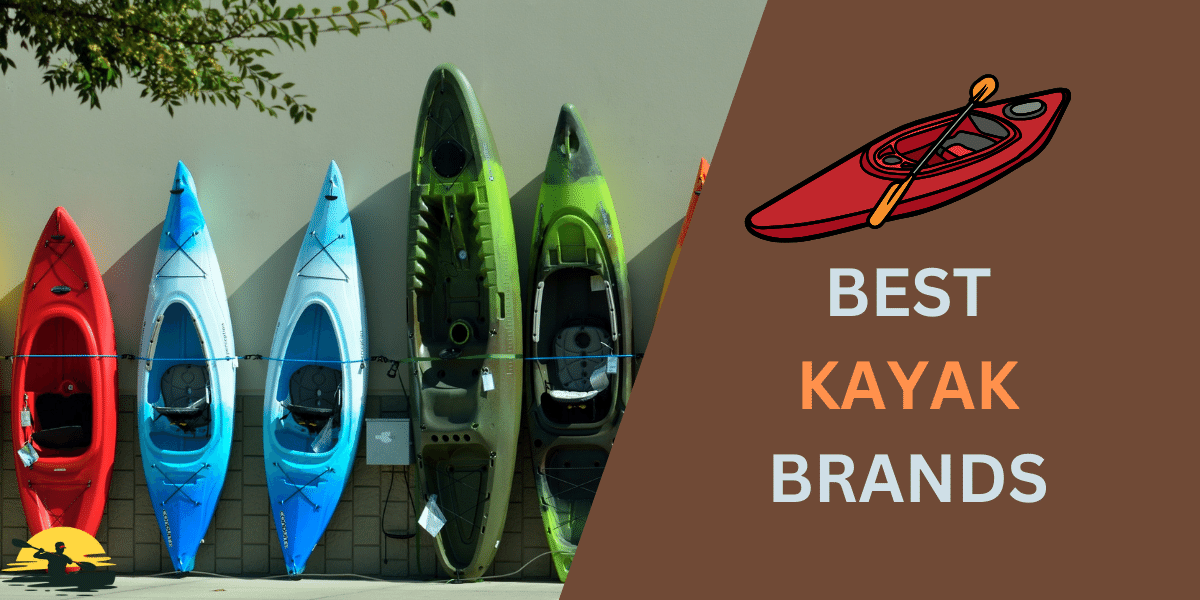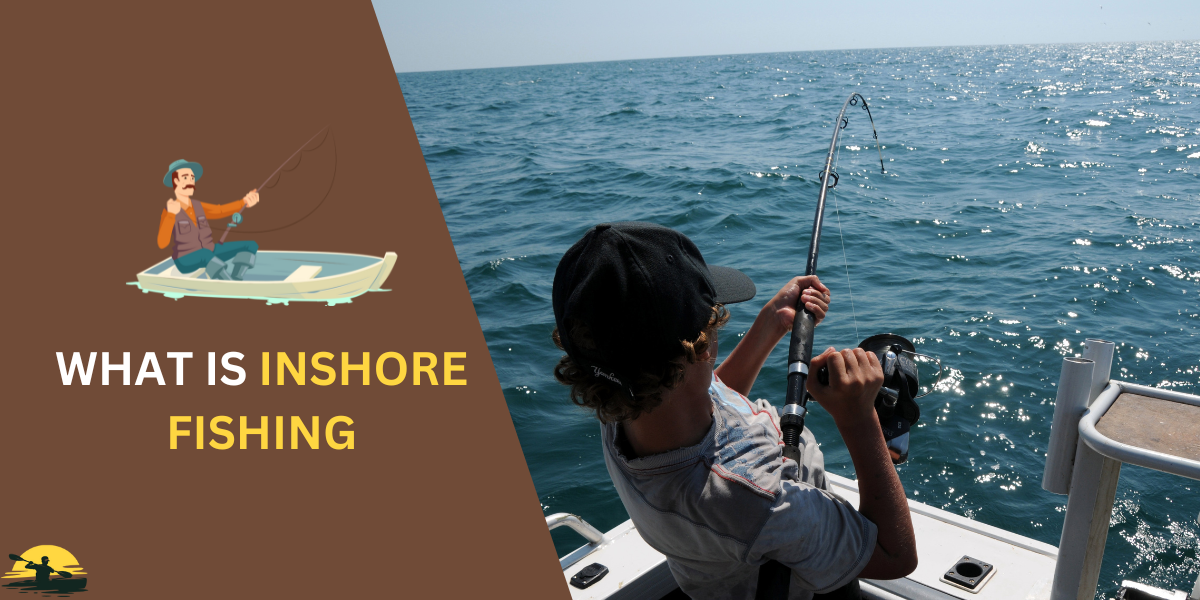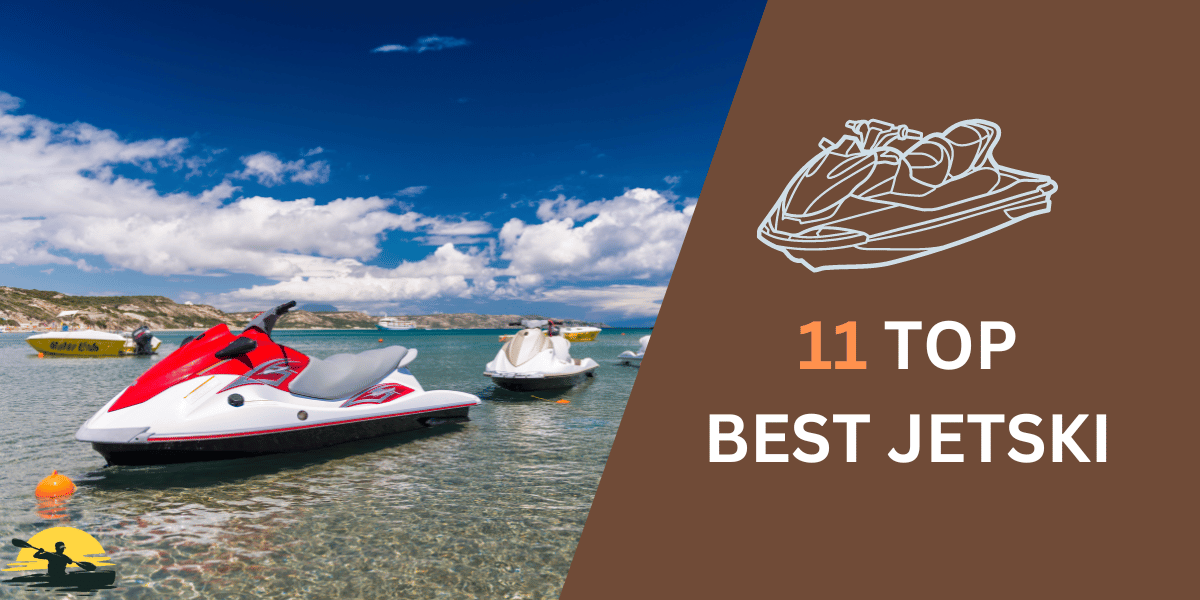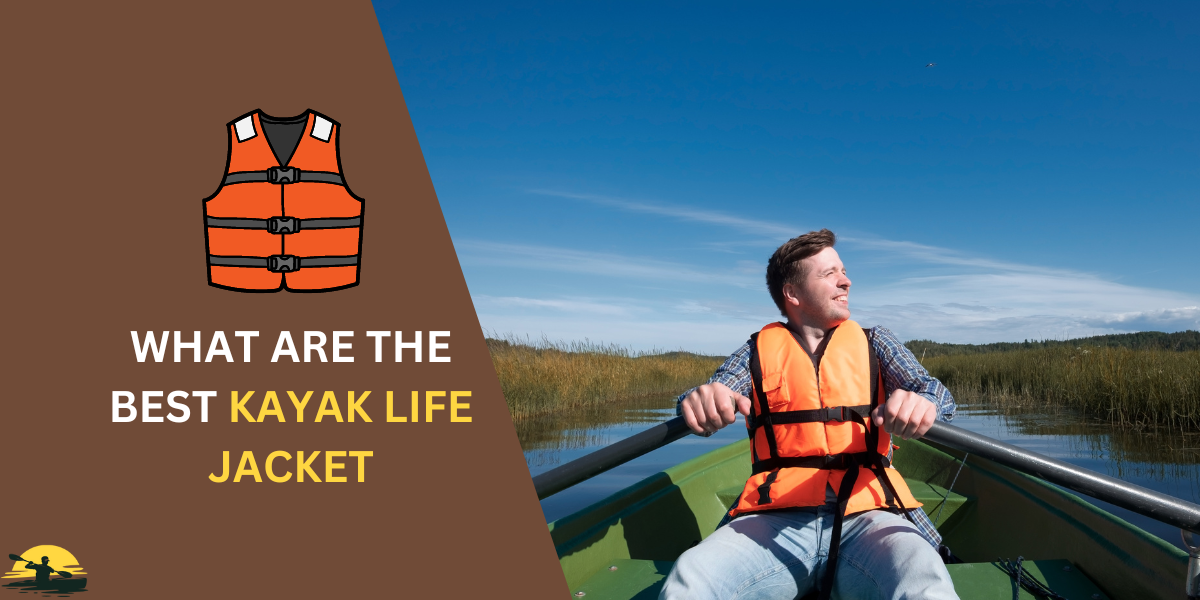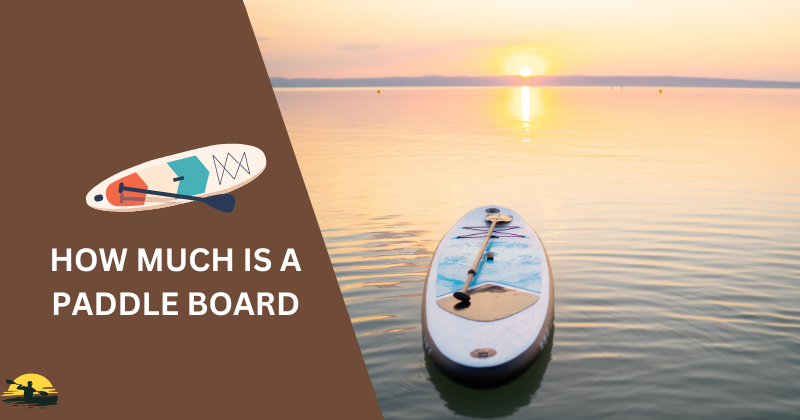
Stand-up paddle boarding (SUP) is a fun activity for people of all ages and skill levels.
However, with so many different inflatable paddle boards and hard boards on the market, it can take a lot of work to figure out how much to spend.
You’ll need to consider features like the full-length deck pad, weight capacity, and material (like military-grade PVC or sustainable materials) to find the right fit.
This guide will help you to understand the factors that affect paddle board prices so you can see the perfect one for your budget and paddling adventures.
How Much is a Paddle Board
- Inflatable paddle boards range from $200 to $1000+.
- Hard paddle boards typically cost between $300 and $1200+.
- Budget boards are great for beginners and casual use.
- Mid-range boards offer a balance of quality and price.
- Premium boards are for serious paddlers and offer the best performance.
- Used paddle boards can be a great way to save money.
- Don’t forget to factor in the cost of accessories like paddles, leashes, and pumps.
What Determines Paddle Board Prices
Just like buying a bike or a pair of shoes, paddle board prices can vary a lot. Let’s take a closer look at the things that make some boards more expensive than others:

Types of Paddle Boards: Solid vs. Inflatable
- Solid Paddle Boards (Hard Boards): These are what most people picture when they think of a paddle board. They’re made of solid materials like foam and fiberglass and are super durable. They often perform better in the water and are great for surfing or racing. But, they can be heavier and harder to transport, and they take up more storage space.
- Inflatable Paddle Boards (iSUPs): These boards are like giant pool floats made of super durable materials. They deflate into a backpack size, so they’re way easier to carry and store. This makes them perfect for people who live in apartments or have small cars. Inflatable boards are also great for beginners or families because they’re more stable and forgiving. But, they might not perform as well as hard boards in choppy water or for advanced paddle boarders.
Other things that affect price:

- Size and Shape: Paddle boards come in all shapes and sizes. Longer boards are faster and better for touring, while shorter boards are more maneuverable and great for surfing. Wider boards are more strong, while narrower boards are more rapid. The size and shape you will need depend on how you plan to use your board and your skill level.
- Materials: Inflatable paddle boards are usually made of PVC, and the quality of the PVC can vary. Military-grade PVC is the toughest and most expensive. Hard boards are often made with EPS foam and fiberglass or epoxy resin. Some high-end boards even use carbon fiber, which is super light and strong but also pricey.
- Features and Accessories: Some boards come with extra features like a kick pad (for turning quickly), multiple handles for carrying, extra D-rings to attach accessories or even a GoPro mount. Boards that come with accessories like a paddle, leash, pump (electric pump or hand pump), and backpack will usually cost more.
- Brand: Just like with other products, some paddle board brands are more expensive than others. This is often because of their reputation for quality products and customer service. But that doesn’t mean you can’t find great boards from lesser-known brands for a lower price.
Average Paddle Board Prices
Now that you know what affects the price of paddle boards, let’s dive into how much you can expect to pay. Remember, these are just averages, and prices could vary depending on where you buy your board and any current sales or promotions.

Inflatable Paddle Boards (iSUPs)
- Budget-Friendly: ($200-$500) These boards are great for beginners or casual paddlers who want a board that’s easy to transport and store. They might not be as durable as more expensive boards, but they’ll get the job done for calm water paddling and fun with the whole family.
- Mid-Range: ($500-$1000) This is where you’ll find a nice balance of quality, features, and price. These boards are often made with more durable materials and may come with extra features like a kick pad or additional D-rings. They’re a good option for paddlers who want a versatile board that could handle a variety of conditions.
- Premium: ($1000+) These boards are the top of the line and are often made with the highest quality materials and construction. They’re designed to perform well in all conditions and are perfect for serious paddlers or anyone who wants the best of the best.
Hard Paddle Boards

- Budget-Friendly: ($300-$600) Hard boards at this price point are usually made with basic materials and construction. They might not be as fancy as more expensive boards, but they’re a good option for beginners or those on a tight budget.
- Mid-Range: ($600-$1200) These boards offer a step up in quality and performance, often featuring better materials and construction. They’re a good choice for paddlers who want a solid, all-around board that can handle a variety of activities.
- Premium: ($1200+) These boards are the cream of the crop, made with high-quality materials and construction techniques. They’re designed to perform at the highest level and are perfect for serious paddlers, racers, or anyone who wants the absolute best.
Used Paddle Boards
Don’t forget about used paddle boards! You can often find great deals on second-hand boards, especially if you’re patient and willing to do some research. Just make sure you inspect the board carefully before you buy it to make sure it’s in good condition and properly inflated.

No matter what your budget is, there’s a paddleboard out there for you. By understanding the different factors that affect prices, you can find the perfect board that fits your needs and won’t break the bank.
Additional Costs to Consider
When budgeting for a new paddle board, it’s not just the board itself you need to consider. Some extra costs can add up, depending on how you plan to use your board and what kind of experience you’re looking for.

- Paddle: You’ll definitely need a paddle to move your board through the water. Paddles comes in different materials (like aluminum, fiberglass, or carbon fiber) and are adjustable or fixed in length. A good paddle can make a big difference in how much fun you have on the water, so don’t skimp on this essential accessory.
- Leash: A leash is a cord that connect to your ankle and the board so you don’t lose it if you fall off. It’s a must-have safety item, especially for beginners or if you’re paddling in windy conditions.
- Personal Flotation Device (PFD): In many places, wearing a PFD (like a life jacket) while paddle boarding is the law. Even if it’s not required, it’s always a good idea to wear one for safety.
- Roof Rack or Carrying Straps: If you have a hard board, you’ll need a way to transport it to and from the water. This could be a roof rack for your car or some heavy-duty carrying straps. If you have an inflatable board, a backpack-style bag might be all you need.
- Pump: If you have an inflatable paddle board, you’ll need a pump to inflate it. Some boards come with a hand pump, but an electric pump can make things a lot easier and faster.
- Repair Kit: It’s always a good idea to have a repair kit on hand in case your board gets a small puncture or tear. This is especially important for inflatable boards.
- Other Accessories: You might also want to consider accessories like a dry bag (to keep your phone and other valuables safe), a waterproof speaker, or even a fishing rod holder if you plan to do some fishing from your board.

Remember, these extra costs can add up, so factor them into your budget when deciding how much to spend on your paddle board. Don’t worry, though – you don’t have to buy everything at once. You can always start with the basics and add more gear as you go.
Where to Buy a Paddle Board
Now that you have an idea of how much a stand-up paddle board might cost, you’re probably wondering where to find one. Luckily, there are tons of places to purchase paddle boards, both online and in person.

- Local Surf Shops and Outdoor Stores: These shops are a great place to start your search. You can see different paddle boards up close, get expert advice from the staff, & even try some out before you buy.
- Big Box Stores: Stores like Dick’s Sporting Goods or REI often have a decent selection of paddle boards, especially during the warmer months. They might not have as many specialized boards as a surf shop, but they can be a good place to find deals on popular brands.
- Online Retailers: Online stores like Amazon or Backcountry offer a huge selection of inflatable paddle boards and inflatable stand-up paddle boards from different brands. You can often find lower prices online, but you won’t be able to try the board before you buy it. Be sure to read reviews carefully and check the return policy before you click “add to cart.”
- Direct from the Brand: Many paddle board companies sell their boards directly through their websites. This can be a good option if you know exactly what brand and model you want. You might even be able to customize your board or get a discount.
- Used Marketplaces: If you’re on a budget or looking for a second board, check out online marketplaces like Craigslist or Facebook Marketplace. You can often find used paddle boards in great condition for a fraction of the price of a new one. Just be sure to inspect the board carefully before you buy it to make sure there is no damage.

No matter where you decide to buy your board, take your time, do your research, and compare prices before you make a decision. And remember, the most important thing is to find a board that you’ll absolutely love, and that will make your paddling adventures more fun!
Tips for Finding the Best Deal
Everyone loves a good deal, right? Here are some tips to help you save some money when buying your inflatable paddle board:

- Shop Off-Season: Paddle boards tend to be cheaper in the fall & winter when the demand is lower. So, if you’re patient, you can snag a great deal by waiting until the end of the paddling season.
- Look for Sales and Discounts: So Many retailers have sales throughout the year, so keep an eye out for deals on inflatable paddle boards, inflatable sups, and surfboards. You could also sign up for email lists to get notified of special promotions.
- Consider Last Year’s Models: Sometimes, retailers will offer discounts on last year’s models to make room for new stock. These boards are often just as good as the newer models, just at a lower price.
- Buy a Package Deal: Some retailers offer package deals that include an inflatable paddle board or inflatable SUP, paddle, and other accessories. This can be a great way to save money, especially if you’re starting and need all the gear.
- Negotiate: Don’t be afraid to try and negotiate the price, especially if you’re buying from a local shop. The worst they can say is no.
- Buy Used: As we mentioned earlier, buying a used paddleboard can be a great way to save money. Just make sure you inspect it carefully before you purchase it.
By following these tips, you can find a great, lightweight paddle board that fits your budget and gets you out on the water having fun. Happy paddling!

Conclusion
So, there you have it!

Paddle boarding is a blast, and there’s a perfect board out there for everyone. Whether you’re into surfing, cruising calm waters, or just floating around, you can find an inflatable paddleboard or inflatable SUP that fits your style and budget.
Just remember to pick one made from durable material that’s the right size and shape for you. And don’t forget those must-have accessories like a backpack to carry it in!
Paddle boarding is a great way to explore, get some exercise, and soak up the sun. It’s a sport for all ages & skill levels, so what are you waiting for? Grab a board and get paddling!
Frequently Asked Questions
Are inflatable paddle boards good for beginners?
Absolutely! Inflatable paddle boards are a nice choice for beginners because they offer excellent stability and are easier to maneuver. Plus, they’re a breeze to transport & store, making them perfect for those new to the sport.
What size paddle board do I need?
Paddleboard size depends on your height, weight, and intended use. Taller and heavier paddlers generally need longer and wider boards for better stability. If you’re planning on paddling with a friend or your kids, consider a larger board with a higher weight capacity.
What’s the difference between a paddleboard and a surfboard?
While both are used in the water, paddle boards are generally wider & more stable than surfboards, making them easier to stand on and paddle. Paddle boards are designed for cruising, exploring, and fitness, while surfboards are specifically made for riding waves.
Can I use an inflatable paddleboard in the ocean?
Yes, you can! Many inflatable paddleboards are made with durable materials that can handle ocean conditions. Just be sure to choose a board that is specifically designed for all-around or touring use, as these will offer the best stability and tracking in choppy water.
What should I wear, paddle boarding?
Your attire will depend on the weather and water temperature. In warm weather, a swimsuit and rashguard are usually sufficient. If it’s cooler, consider wearing a wetsuit or dry suit. Always wear a personal flotation device (PFD) for your safety. You might also want water shoes for extra grip on rocky beaches or riverbeds.


